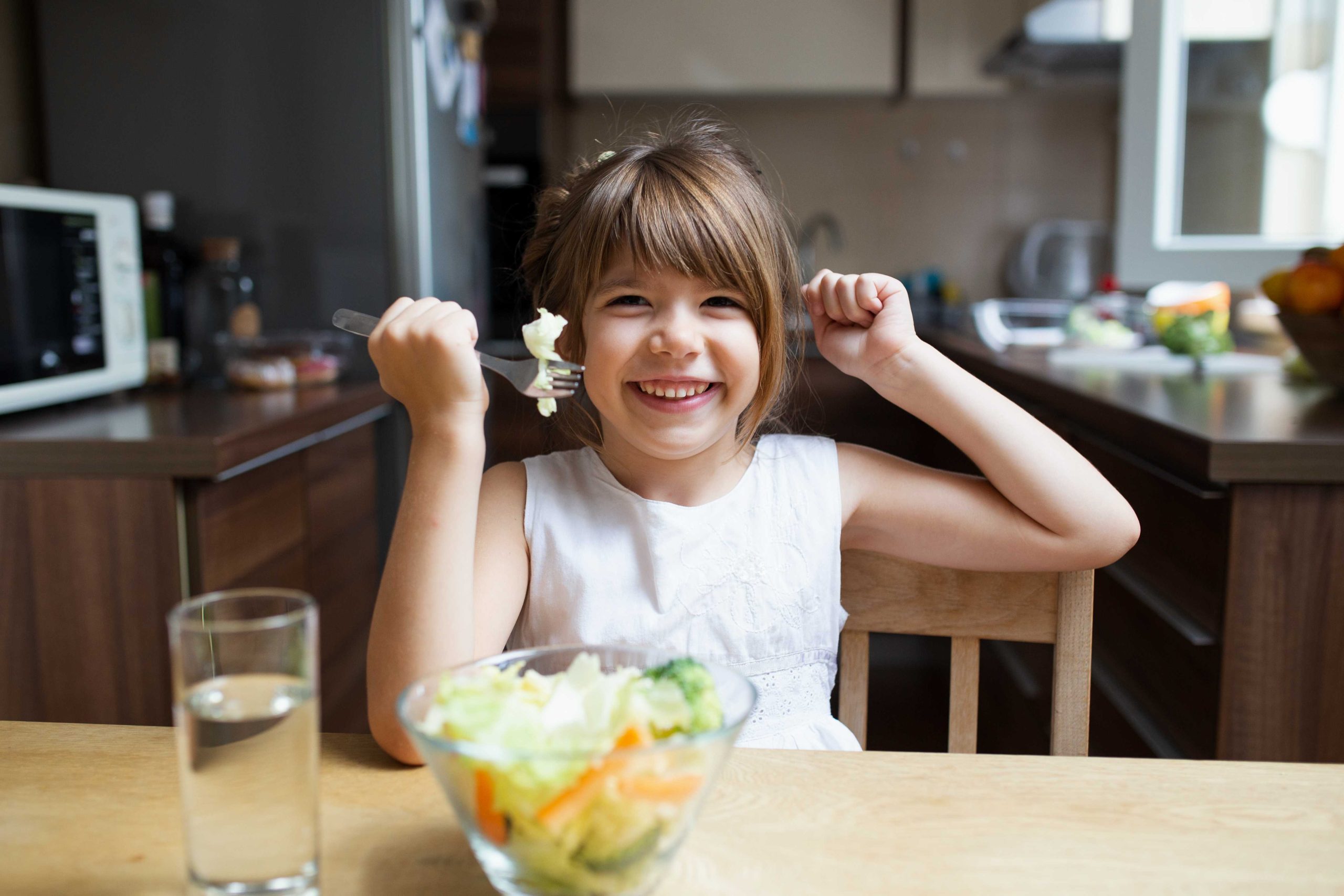
Essential Nutrients: Fueling Up Preschoolers: Essential Nutrients for Fun and Easy Lunches
As a parent or caregiver, it is essential to ensure that preschoolers get the right nutrients for their growing bodies. When packing their lunches, it can be a daunting task to make it both fun and nutritious. However, with the right tips and tricks, you can make fun and easy preschool lunches while incorporating essential nutrients.
The Importance of Essential Nutrients for Preschoolers
Preschoolers are at a stage in their lives where their bodies are rapidly growing and developing. This growth requires proper nutrition to ensure that they achieve their full potential. Here are some essential nutrients that you should incorporate into your preschooler’s lunch:
1. Protein:
Proteins are essential for growth and repair of body tissues, and they also help to maintain a healthy immune system. Incorporate protein sources such as lean meat, poultry, fish, eggs, beans, and tofu.
2. Carbohydrates:
Carbohydrates provide energy for the body. Ensure that your preschooler’s lunch includes healthy carbohydrate sources such as whole grains, fruits, and vegetables.
3. Fats:
Fats are essential for the development of the brain and nervous system. However, not all fats are healthy, and you should aim to incorporate healthy fats such as those found in nuts, seeds, and oily fish.
4. Vitamins and minerals:
Vitamins and minerals play a vital role in various body functions, such as building strong bones and teeth, maintaining minerals.
Tips for Making Fun and Easy Preschool Lunches
Preschoolers are attracted to bright colors and fun shapes. Use cookie cutters to cut sandwiches into fun shapes, and include colorful fruits and vegetables such as carrots, bell peppers, and berries.
1. Get creative with presentation:
Preschoolers are attracted to bright colors and fun shapes. Use cookie cutters to cut sandwiches into fun shapes, and include colorful fruits and vegetables such as carrots, bell peppers, and berries.
2. Involve your preschooler:
Engaging your child in the lunch preparation process can make them more excited about eating. Let them choose from a selection of healthy options and encourage them to help with simple tasks like spreading peanut butter or arranging fruit slices.
3. Keep it simple:
Preschoolers have short attention spans and may not have the patience to eat complex meals. Keep their lunch simple by including familiar foods that they enjoy.
4. Pack a variety:
Include a variety of foods in your preschooler’s lunch, such as fruits, vegetables, proteins, and healthy snacks. This will ensure that they get a balanced meal and prevent boredom from eating the same thing every day.
Fun and Easy Preschool Lunch Ideas
Here are some creative and nutritious lunch ideas that your preschooler will love:
1. Homemade Pizza:
Use whole-grain pita bread as a crust and add tomato sauce, cheese, and toppings such as peppers, onions, and mushrooms. Cut the pizza into fun shapes using cookie cutters.
2. Vegetable and Hummus Wraps:
Spread hummus on a whole-grain wrap and add a variety of colorful vegetables such as carrots, cucumbers, and peppers. Roll the wrap tightly and cut into bite-sized pieces.
3. Fruit and Yogurt Parfait:
Layer yogurt and mixed berries in a small jar or container. Top with granola for added crunch.
4. Turkey and Cheese Roll-Ups:
Roll slices of turkey and cheese together and secure with toothpicks. Serve with a side of baby carrots and grapes.
Choosing Healthy Drinks for Preschoolers
In addition to providing nutritious foods, it’s important to choose healthy drinks for your preschooler’s lunch. Water is the best choice, but you can also include low-fat milk or unsweetened fruit juice. Avoid sugary drinks such as soda, sports drinks, and sweetened teas, as they can contribute to tooth decay and obesity.
Tips for Packing Safe and Fresh Lunches
When packing preschool lunches, it’s important to prioritize food safety to prevent foodborne illnesses. Here are some tips to keep in mind:
- Use an insulated lunchbox or bag to keep food at a safe temperature.
- Wash fruits and vegetables thoroughly before packing them.
- Use separate containers to avoid cross-contamination of different foods.
- Label food containers with the date and type of food.
Healthy Snack Ideas for Preschoolers
In addition to their main lunch, preschoolers may need a snack to keep them going throughout the day. Here are some healthy snack ideas:
- Apple slices with peanut butter
- Greek yogurt with berries
- Carrot sticks with hummus
- Whole-grain crackers with cheese
- Trail mix with nuts, seeds, and dried fruit.
Balancing Fun and Nutrition
It’s important to strike a balance between fun and nutrition when packing preschool lunches. While it’s important to provide nutritious foods, it’s also important to make it enjoyable for your child. Incorporating fun shapes, colors, and textures can make a difference. Remember to involve your preschooler in the process and make it a positive experience for them.
Getting Creative with Leftovers
Don’t let leftovers go to waste – get creative with them! Leftover chicken or turkey can be turned into a tasty wrap or sandwich. Cooked vegetables can be added to a pasta salad or used as a side dish. Get creative and see what delicious lunch ideas you can come up with using leftovers.


